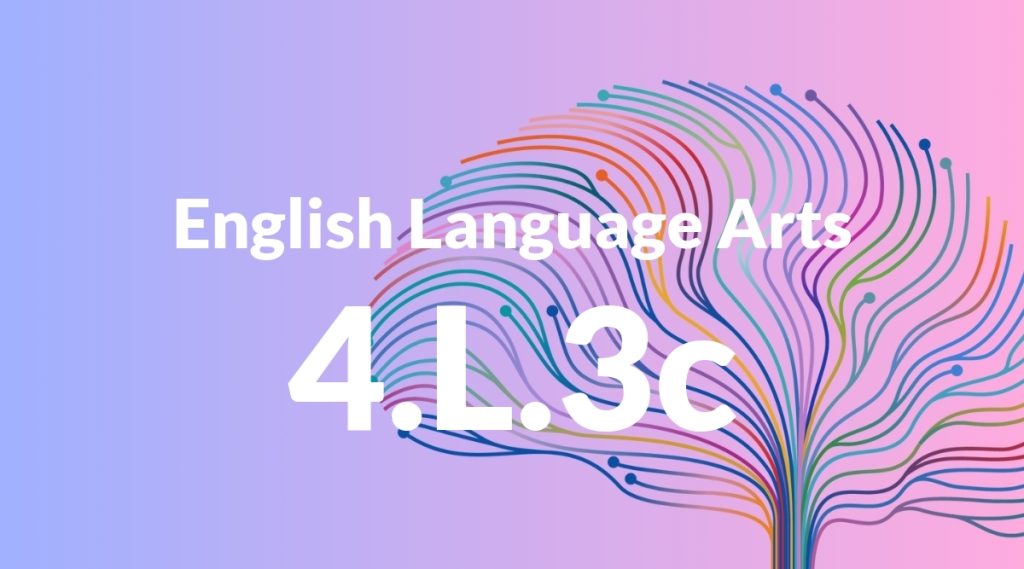Standard: 4.L.3c – Differentiate between contexts that call for formal English (e.g., presenting ideas) and situations where informal discourse is appropriate (e.g., small-group discussion).
Grade level: Grade 4
Subject: English Language Arts
Domain: Language
Teacher Overview
This standard helps students understand when to use formal and informal English. It’s crucial for effective communication in various settings, from academic presentations to casual conversations. Students should know the basic differences between formal and informal language and have some experience using both.
Mastering this standard will help students communicate more effectively by choosing the appropriate language style for different situations.
Common Misconception 1
Some students might think informal language is never appropriate in school. This is incorrect because informal language can be suitable for peer discussions and collaborative work.
Intervention 1
Show students examples of informal language used appropriately in academic settings, such as during group activities.
Common Misconception 2
Another misconception is that formal language is only for writing. This is incorrect because formal language is also important in spoken communication, such as giving presentations.
Intervention 2
Provide opportunities for students to practice speaking formally in scenarios like mock presentations or interviews.
Prerequisite Knowledge
Students should have a basic understanding of the differences between formal and informal language, as well as some experience with using both in various contexts.
Subsequent Knowledge
Students will develop the ability to switch between formal and informal language more fluidly and appropriately in different contexts, enhancing their communication skills.
Instructional Activities
- Role-play different scenarios requiring formal and informal language.
- Create a T-chart comparing formal and informal language features.
- Write a letter in formal language and a text message in informal language.
- Group discussions where students identify the appropriate language to use.
- Watch videos of speeches and casual conversations to identify language styles.




